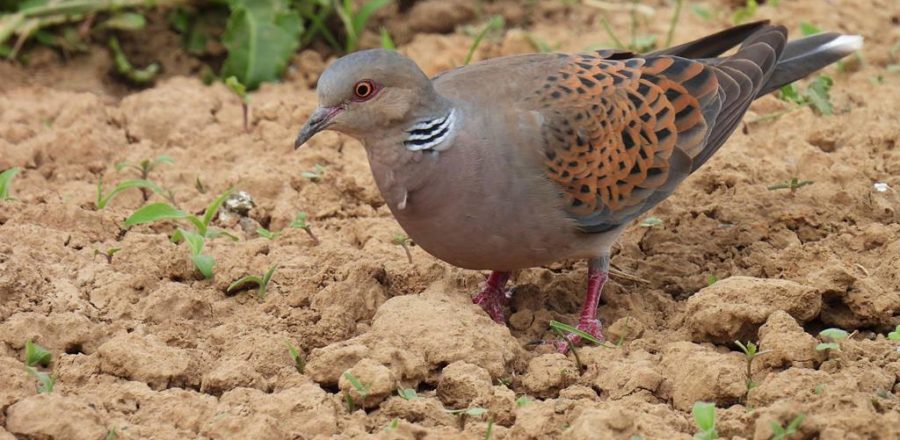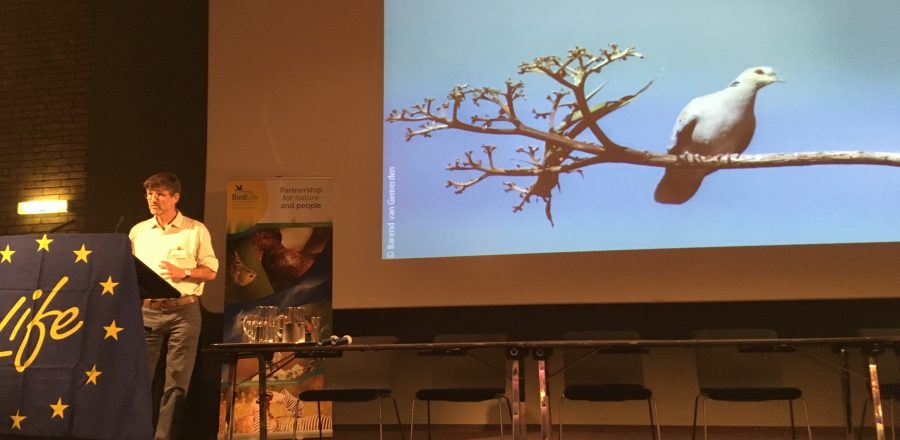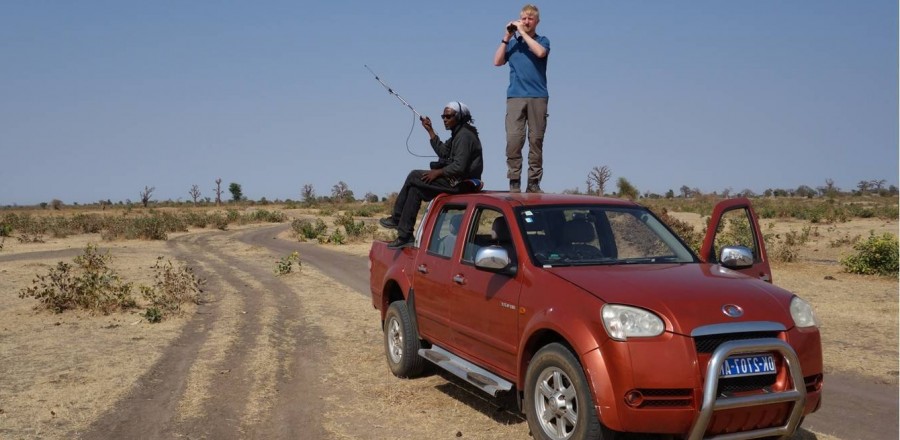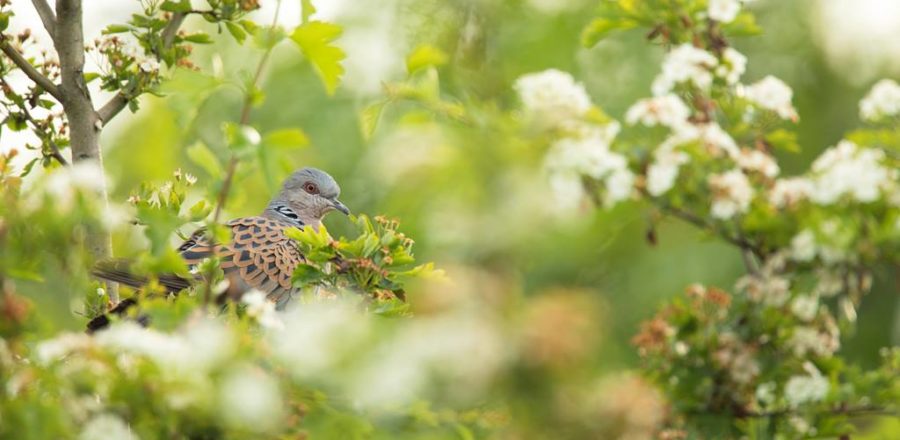Turtle Doves spend around one third of the year on their breeding grounds in Europe. The rest of their year is spent on migration or on their wintering grounds in sub-Saharan West Africa.
There are two key actions that must be taken if we are to help the UK’s Turtle Dove population to recover. They are: 1) delivering high quality breeding season habitats here in the UK; 2) ensuring no return to unsustainable levels of hunting on their southward autumn migration across France, Spain and Portugal. To help Turtle Doves all along their migratory route, it is essential we work alongside conservation partners in Europe and Africa.
The long-term aim of Operation Turtle Dove is to deliver conservation action for Turtle Doves to allow their UK-breeding population to recover. Read on to discover more about how we are delivering this much-needed conservation action in the UK and further afield.









